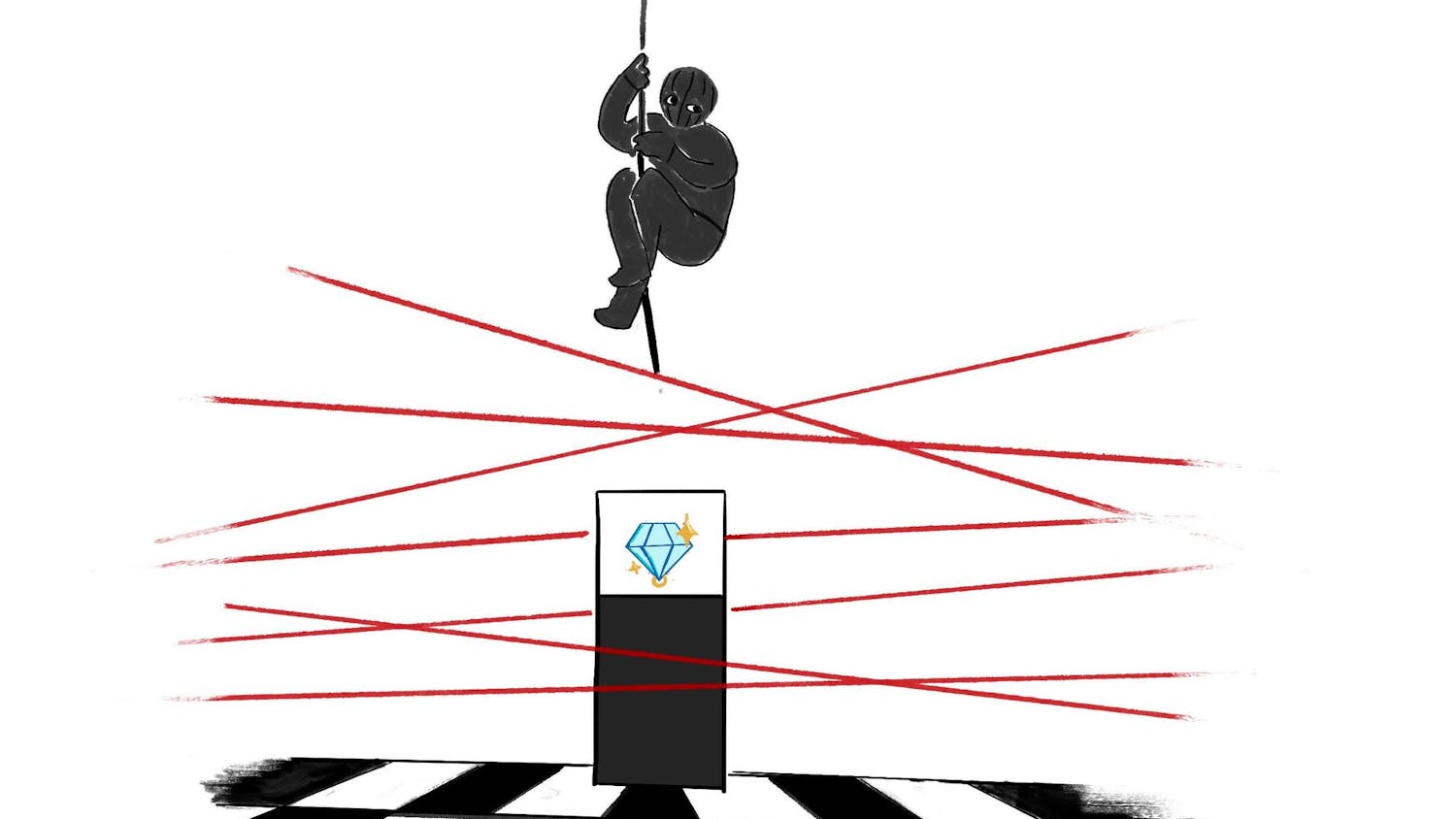There are nearly 8 billion people living on planet earth, and 800 million of those people menstruate by omission every month. Those 800 million menstruating individuals inadvertently require suitable access to menstrual products.
According to The American Civil Liberties Union, a vast 62% of those menstruating individuals lack adequate resources for their menstrual health. The lack of access to menstrual resources is popularly known as period poverty.
Scholarship reveals that period poverty directly affects and burdens 62% of all menstruators, but out of the 62%, who does period poverty impact the most? Let’s begin with the most well-known facts.
The population of those who are most impacted by period poverty are menstruators who are disproportionately disadvantaged. Globally, 70% of people living in poverty are women and girls.
According to the 2019 United States Census Bureau, almost 25 million women live below the poverty line in the United States alone. This means that there are 25 million individuals in the United States at an increased risk of mental and physical health challenges, compromised education, as well as lower self-esteem. Out of the group of 25 million women, single mothers and minorities suffer the consequences of period poverty at the highest rates.
Women as a whole are facing both gender and socio-economic inequality, considering females of all races, ethnicities and backgrounds face higher rates of poverty than their male counterparts.
As of 2018, nearly 20% of girls have missed school due to their period. In 2019, one in four teens in the U.S. missed school due to a lack of access to period supplies. In the same year, 46% of female students in public grades 7-12 attended Title I eligible schools. A 2019 survey of 693 women who attended U.S. high schools found that nearly 24% were forced to leave school early due to a lack of access to feminine hygiene products, and nearly 13% reported that they missed school when they were menstruating and couldn’t access supplies.
Demographic figures on poverty, specifically period poverty, highlight groups that have the least and most accessibility to menstrual products. Increasing knowledge of period poverty’s relations to a particular sector of a population, such as women of separate ethnicities, races, and socio-economic backgrounds helps to target where the period poverty crisis is most severe and improve the efficiency of alleviating the symptoms of period poverty.
No one should suffer because they cannot afford the basic resources they require in order to live a healthy life. If you are passionate about period poverty and want to help relieve those impacted, you can spread awareness, donate generously to Alabama K-12 schools and voice your concerns to local government at aub.ie/AL4ME.
To learn more, contact period.auburn@gmail.com
Editor's Note: The AL4ME campaign, run by the youth led NPO, PERIOD., alongside The MOnthly Project, FemPAQ and Sustainability Capstone course students, is working to advance menstrual equity in Alabama.
By raising support for 4 key policies and gathering funds for period products for Alabama schools, the coalition hopes to keep Alabama students in class and recognize the humanity of menstruators in shelters, prisons, schools, and beyond. Visit aub.ie/AL4ME to learn more about the impact of period poverty in Alabama and donate to keep students in school! Contact ram0083@auburn.edu or period.auburn@gmail.com for questions.
Maris Laney, Maddie Gutkowski and Landry Tharp are all Auburn alumnae.
The opinions expressed in columns and letters represent the views and opinions of their individual authors.
These opinions do not necessarily reflect the Auburn University student body, faculty, administration or Board of Trustees.
Do you like this story? The Plainsman doesn't accept money from tuition or student fees, and we don't charge a subscription fee. But you can donate to support The Plainsman.





